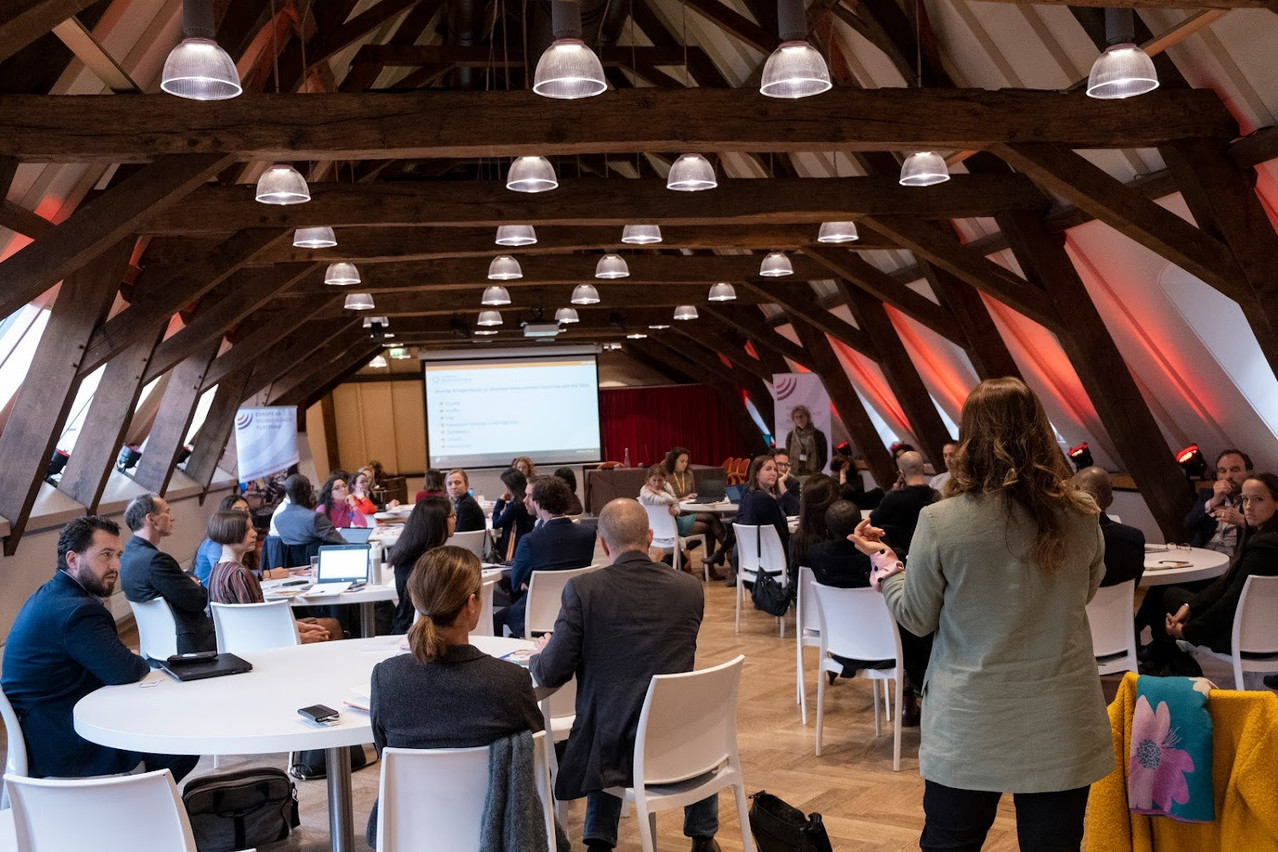Over 50 sessions were organised during the 3-day event hosted by the European Microfinance Platform (e-MFP), with some of the main highlights focusing on current global challenges, including in the field of healthcare and climate change, and in the context of the just concluded COP26 conference in Glasgow.
Specifically, the panelists during the annual event highlighted some of the resonating themes from the COP26, the way forward for climate change, and some of the pressing issues for the sector, such as climate change adaptation and resilience, the need for aligned definitions and measurement tools, preserving biodiversity and why it’s important to carry local communities along.
Boosting climate adaptation and resilience
The mixed panel noted the overarching consensus on the need to intensify climate adaptation efforts during the COP26, and explored some next steps and current actions for climate change and green inclusive finance. With a meagre 5.2% of climate finance going towards adaptation, increasing financing in this area was highlighted as a challenge to be tackled going forward.
“There is no economic system without nature,” said Avril Benchimol Dominguez, senior finance specialist at the Global Environment Facility (GEF), while emphasising the interlinkage between the climate, the nature crisis, and the need for adaptation. She went on to highlight some progress from the summit such as the improvement of net zero targets at the COP26, while adding that compromises need to “go beyond words”, following the welcomed ambitious pledges and promises made by governments. The GEF supported over 5000 projects with $21bn over the last 30 years.
“It is very important, especially for emerging countries to adapt to climate change,” said Sebastien Soleille, the global head of energy transition and environment at BNP Paribas, who also identified the emphasis on adaptation as one of the key topics during the COP26.
Likewise, Janie Rioux, the senior climate and environment specialist at IFAD, underlined the need for stronger leadership and climate adaptation, and mentioned that one of the three objectives of the international financial institution during the COP26 was to mobilise finance for adaptation. She also deemed it important to follow up on the COP26 agricultural pledges to boost adaptation efforts. Its renewed flagship adaptation programme for smallholder farmers (ASAP+), which is an extension of its ASAP programme implemented in 2012 and present in 41 countries, aims to scale up tested adaption solutions by mobilising $500m for the programme.
Aligning definitions and impact measurement tools
The organisers of the week also used the occasion to launch the e-MFP publication “The First Wealth is Health”, and present its Green Index 3.0 developed by the Green Inclusive and Climate Smart Finance Action Group (GICSF AG). The index, which builds upon the Green Index 2.0, is an assessment tool involving the input of over 400 stakeholders to monitor the environmental performance of financial service providers.
Some of the main challenges facing climate adaptation includes unaligned definitions and measurement mechanisms, unspecified risks and returns, among others, Dominguez specified during the plenary session.
Preserving biodiversity and engaging local communities
Unlike the previous COP26 summits, Soleille noted an increased emphasis and link between climate change and biodiversity, adding that another key area that surfaced during discussions touched on the role that local communities can play, especially in vulnerable contexts exposed to climate risks. Beyond the well-known climate risks for financial institutions, he explains that biodiversity risks are increasingly being recognised by the financial sector. To help decrease the investment impacts on biodiversity, he states that BNP Paribas has laid even more emphasis on investment criteria regarding biodiversity, and that by looking into client’s supply-chain, investors can better examine and assess investment impact.
Read also
